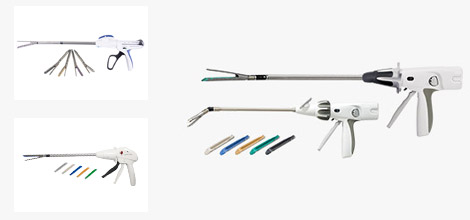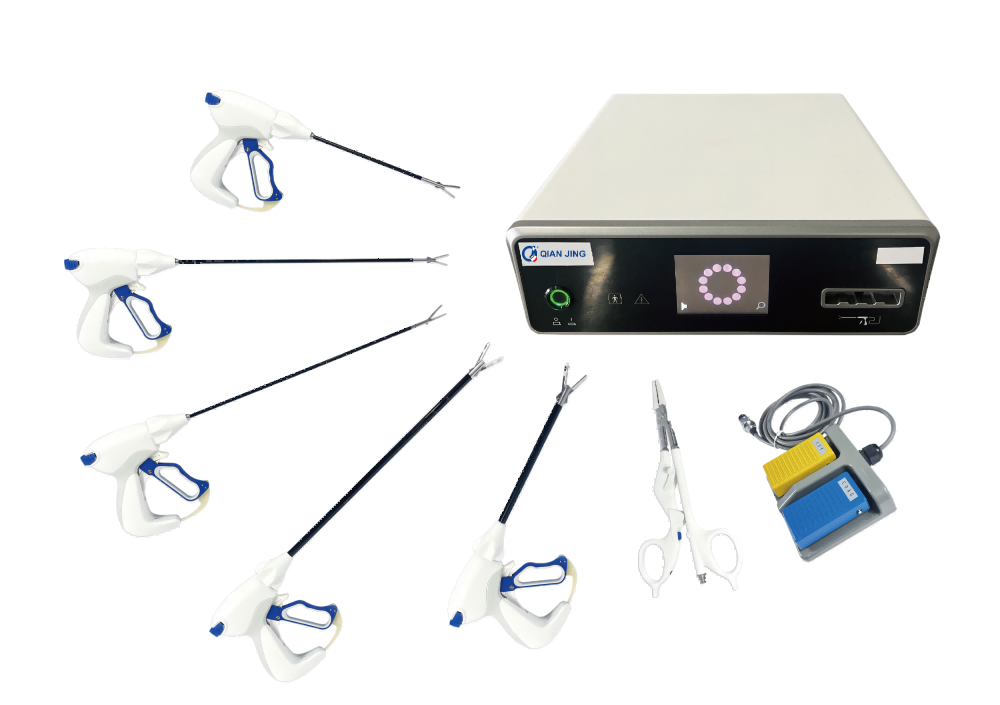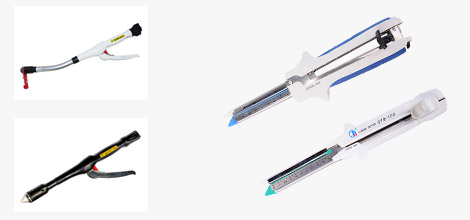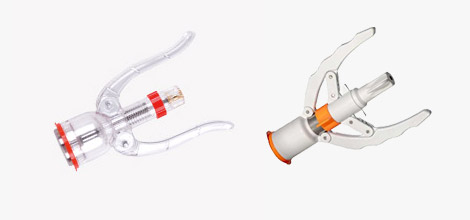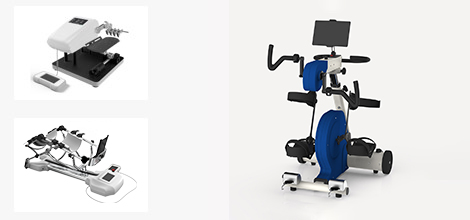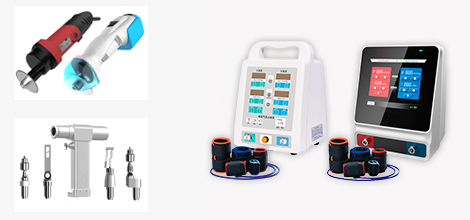What is the use of Endoscopic Linear Cutter Stapler
The Endoscopic Linear Cutter Stapler is mainly used for the convenience and speed of suturing wounds, as traditional suturing can be complicated, requiring manual suturing and the possibility of some post-operative complications from manual suturing, but the Endoscopic Linear Cutter Stapler is different. The medical choice of using the Endoscopic Linear Cutter Stapler instead of traditional manual suturing can speed up the suturing process and reduce side effects and surgical complications.
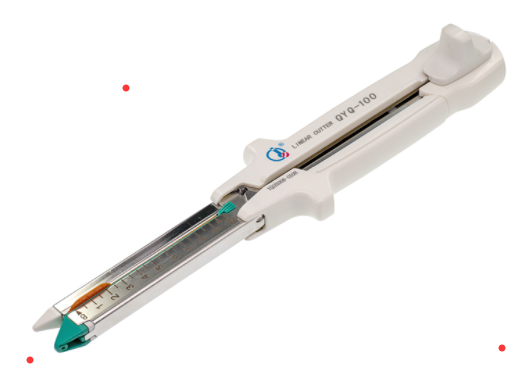
There are many anastomotic products on the market today, such as skin anastomoses, circular anastomoses for the digestive tract (esophagus, gastrointestinal, etc.), rectal anastomoses, circular hemorrhoid anastomoses, circumferential anastomoses, vascular anastomoses, hernia anastomoses, and pulmonary cutter staplers.
Among them, the Endoscopic Linear Cutter Stapler is suitable for transverse, excisional and/or anastomotic operations. It can be used for multi-site open or minimally invasive general, gynecologic, urologic, thoracic, and pediatric surgical operations. Can be used with sutures or spacer materials. It can also be used to transect and resect hepatobiliary parenchyma (liver vessels and biliary structures), pancreas, kidney and spleen.
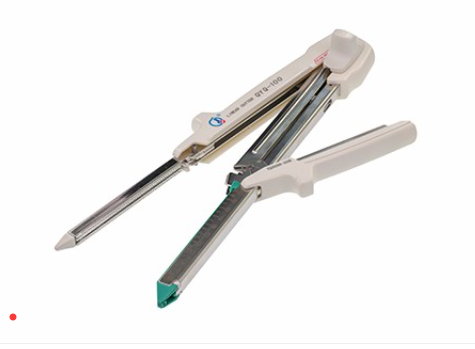
Endoscopic Linear Cutter Stapler Usage Tutorial.
The proximal intestine of the anastomosis is placed with a purse-string suture, the staple holder is placed and tightened, the Endoscopic Linear Cutter Stapler is inserted from the distal end, the central piercer of the anastomosis is pierced, and the central rod of the proximal anastomosis against the staple holder is articulated, the distance between the anastomosis against the staple holder and the staple holder is adjusted according to the thickness of the intestinal wall, generally at 1.5 to 2.5 cm or hand rotation is tighter as a limit, and the force is pinched together Anastomosis wrench.



 info@qjmed.com
info@qjmed.com